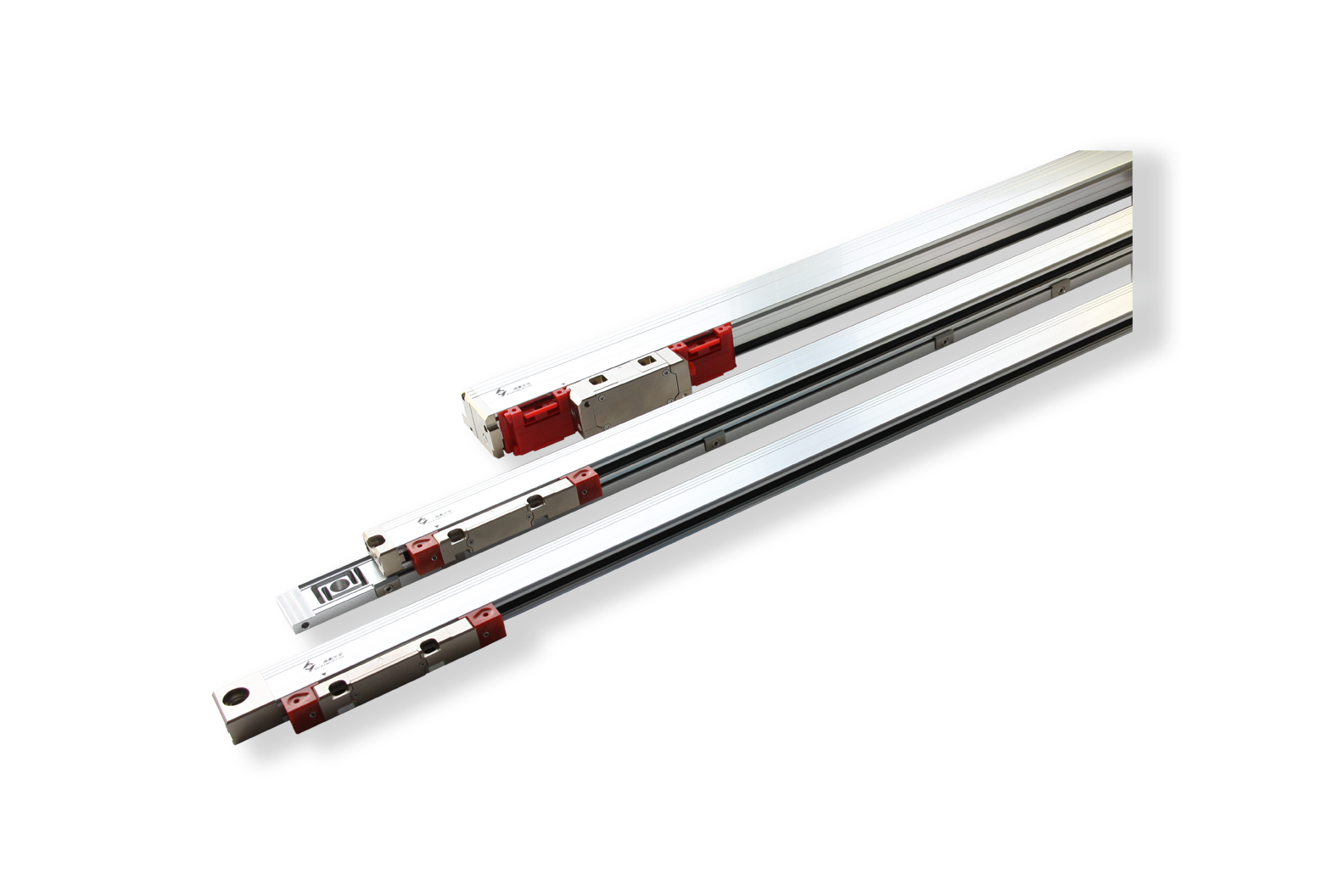According to foreign media reports, after repeated charge and discharge, the lithium battery material will form an inactive layer around the material, affecting the performance of the battery. For this reason, chemists have developed a new method for the research team, the anode material to prevent decomposition of the lithium battery.
The team is led by Elsa Reichmanis of Georgia Tech and Amy C. of Stony Brook University of New York State University. Marschilok led the formation of a single-walled carbon nanotube (SWNT) network structure, which can be fixed to the battery material by PPBT (poly[3-(potassium-4-butanoate) thiophene]).
The carboxylate groups of PPBT can be combined with the polar surface of the battery material, and the thiophene backbone can be contacted with the SWNT by π-bonding, and the electron can be in the SWNT. - PPBT flows within the network structure. The nanotube network around the cell material exhibits a porous structure that allows lithium ions to move through the cell material and also prevents cell material from expanding.
The system can be paired with two types of battery anode materials - magnetite nanoparticles and silicon nanoparticles.
Paul V., Polymer and Electronic Materials Specialist, University of Illinois, Urbana-Champaign Braun pointed out that the study proves that the new method can maximize battery performance, and requires a complete overall design of the battery electrode, taking into account lithium ion and electron conductivity, activity space and specific chemical reactions and other related factors.
According to Reichmanis, this method has contributed to the development of battery technology, ensuring uniformity and reliability of materials during component manufacturing.

Absolute Linear Encoders,Custom Absolute Encoder,Rotary Encoder Magnetic,Miniature Absolute Encoder
Yuheng Optics Co., Ltd.(Changchun) , https://www.yhenoptics.com
